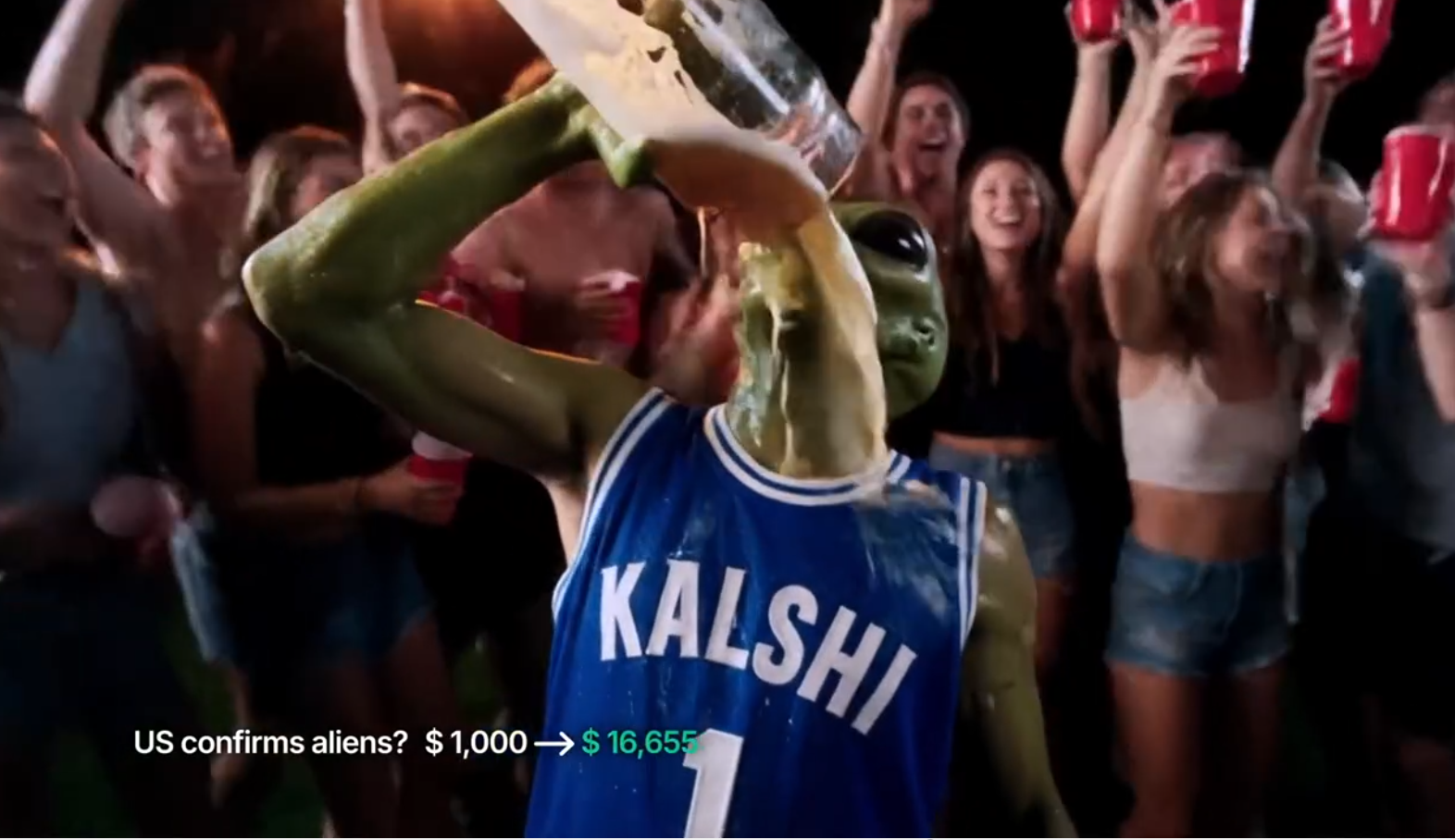What happens when a “perfectly mediocre” director gets his hands on cutting-edge AI tools before anyone else?
He builds a viral commercial, attracts 400 job applications in a week, and lands major brand deals from his laptop…all without the traditional crew, gear, or budget.
Welcome to the new reality of video production. And no, it’s not science fiction.
It’s happening right now.
From Director to Disruptor
PJ Accetturo had been directing commercial videos for years. Like many creatives, he’d found his niche, built up a portfolio, and was doing good work—but struggled to find that breakthrough moment.
Then came his “aha” moment: Veo 3, Google’s AI video generation tool. It allowed him to write, direct, and produce entire videos with just a few text prompts—and suddenly, the production bottlenecks were gone.
Accetturo leaned in. He wrote and produced Puppramin, a parody pharmaceutical ad where puppies cure depression. It was weird, witty, and 100% AI-generated.
The next morning? Betting platform Kalshi called. Three days later, PJ delivered a full-blown AI-powered commercial for the NBA Finals that racked up over 18 million impressions.

The Industry Took Notice (Fast)
What came next was bigger than just one client: 400 people applied to work at his AI studio. Brands began exploring fast-turnaround, low-cost campaigns. PJ’s production costs: ~$2,000 per video. His studio fees? Five figures.
That’s the math of disruption.
What It Means for Creatives
Let’s be real: this story has writing on the wall energy. AI is already reshaping the industry—and it’s doing it faster than most professionals are comfortable admitting.
But instead of resisting it, PJ adapted. He used AI tools like ChatGPT, Gemini, Midjourney, and Veo 3 to:
- Write scripts and jokes
- Build shot lists and prompt structures
- Generate visuals, voices, and effects—all from a laptop
- Create complete videos in hours, not weeks
This didn’t make him less creative. It made him dangerously efficient.
The Ethical Conversation Isn’t Over
Of course, the rise of AI in filmmaking comes with valid concerns:
- What about displaced crew members?
- What happens to actors, lighting teams, sound mixers?
- Where’s the line between creation and automation?
These questions matter. But freezing in fear won’t stop the shift—it’ll just leave you behind.
As PJ put it:
“I don’t have a ton of reputation to lose… but I knew whoever made the first viral AI commercial would win.”
And he did. But more importantly? he evolved.
The FasterGig Takeaway
If you’re a video editor, director, or motion creative trying to stay competitive in this new era, learn from PJ’s move:
✅ Experiment early
✅ Charge for vision, not just hours
✅ Let AI handle the friction—you bring the flavor
✅ Stay human in your taste, tone, and storytelling
The industry is shifting. It’s not about being replaced by AI…it’s about those who use it strategically replacing those who don’t.
So ask yourself: Are you adapting fast enough?
Because the next 400 job applications? They’ll be landing somewhere.
Are you tired of the endless and frustrating job search process? Look no further than FasterGig – the smarter, automated method that will help you get remote video jobs 10 times faster with minimum effort.
With FasterGig, you can find new job opportunities in your area or even remote positions without the need for previous experience. Our website offers a quick and easy way to apply to jobs and find gigs that fit your skills and needs.
Say goodbye to the stress and time-consuming job search process and hello to a new job with FasterGig!
Click here to get started on your journey towards a brighter and more fulfilling career in the video production industry.

